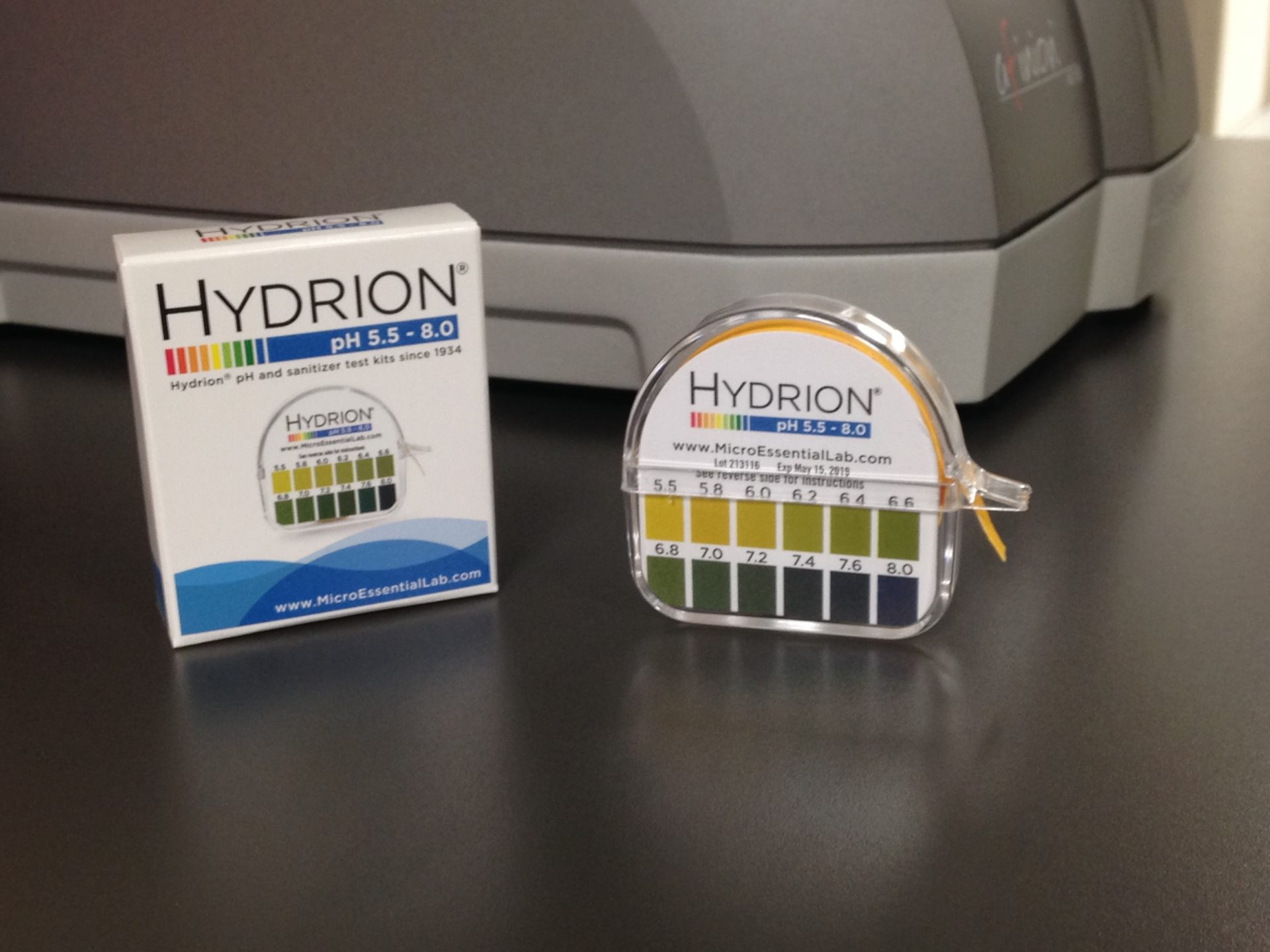 A lot of people rely on their annual physical and labwork to decide if they are healthy. Lungs sound good, heart ticking regularly, feeling pretty good… routine labs like chemistries, complete blood count, lipids good… therefore, all must be well, right?
A lot of people rely on their annual physical and labwork to decide if they are healthy. Lungs sound good, heart ticking regularly, feeling pretty good… routine labs like chemistries, complete blood count, lipids good… therefore, all must be well, right?
Well, maybe. But, maybe not! How can you tell how you are doing – without going to the doctor? I routinely recommend that people do some tests at home. One of these tests is to measure pH of saliva and urine.
pH is a measure of acidity or alkalinity of your body. The body tightly regulates the pH to a normal blood pH range of 7.35 – 7.45. If you get a little too acid, then the kidneys will eliminate the extra acidity in the urine (you will also eliminate some of the acid through your lungs and exhalation). Urine pH is usually a little lower than saliva pH.
Why is pH important?
Lower pH is associated with:
- Obesity, especially around the middle
- Insulin resistance (enough insulin but it doesn’t work effectively, a risk for Type 2 diabetes)
- Kidney stones, especially in those with diabetes, obesity, hypertension, or insulin resistance
- Chronic kidney disease
- Hypertension
You can order a roll of specialty pH paper that is specifically calibrated to measure a pH range of saliva and urine, from 5.5-8.0. It generally costs between $8 – $9. Don’t get the paper calibrated for pH from 1-14! You can order pH strips here from Micro Essential Lab.
Open the plastic container, unwrap the paper roll, and tear off a couple of inches. Put the end in your mouth or dip it in your urine, and immediately compare the color to the colors on the package to find out your reading.
An optimal urine pH is between 6.5 – 7.0, and optimal saliva is between 6.8-7.4. In the office the other day I tested someone’s saliva pH and his was 5.5! Way too acid. Dr. Jim LaValle has a formula for using both urine and salivary pH:
(2 X saliva pH) + urine pH/3 should be 6.8 or over.
For example, if your saliva pH is 6.4 and your urine pH is 6.8:
2 X 6.4 = 12.8
12.8 + 6.8 = 19.6
19.6 / 3 = 6.53 (too low!)
How do you raise your pH to a healthy range?
- Squeeze the juice from 1/2 of a lemon, or a tablespoon of apple cider vinegar (I like Bragg’s) into a glass of water and drink that twice a day.
- Drink a green drink once a day.
- Eat lots of vegetables – at least 5 servings/day, and more is better.
- Stay away from sugar, sodas, fruit juices, and refined carbohydrates (cookies, crackers, pretzels, chips, etc.).
- Take enough magnesium. Check with your health care provider on how much is right for you. Most Americans don’t get enough magnesium in their diets and would benefit from taking a supplement. Food sources of magnesium include green leafy vegetables and whole grains.
Potassium can also be helpful.
If you find you cannot get your pH up to a healthy range, check with your doctor. Some people have a kidney disorder that makes the urine too acid all the time.
To your health,
Patty Powers MD

